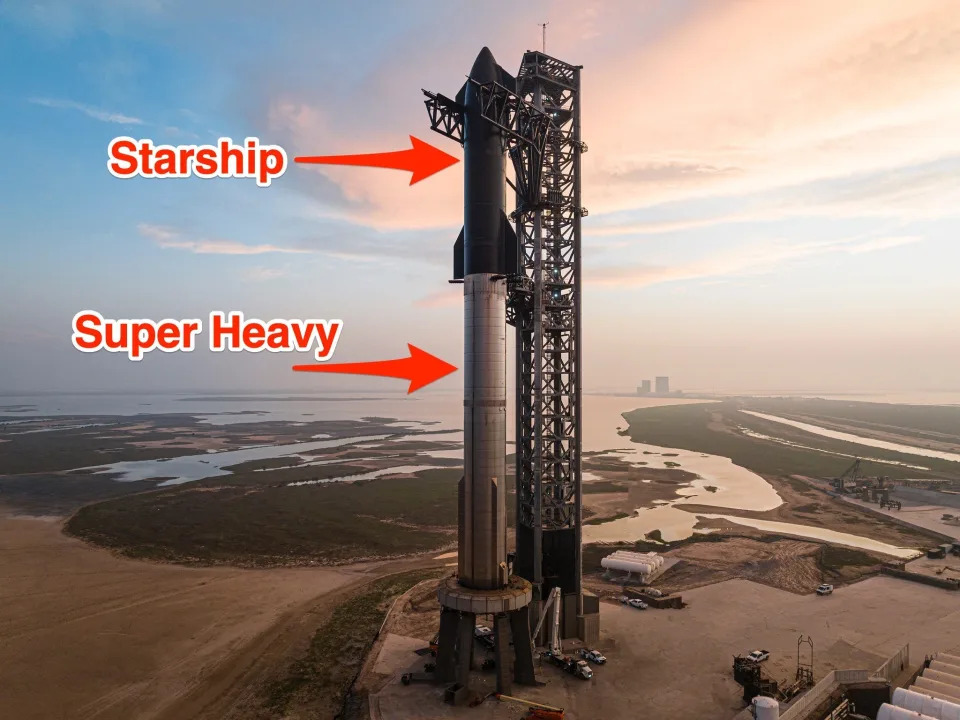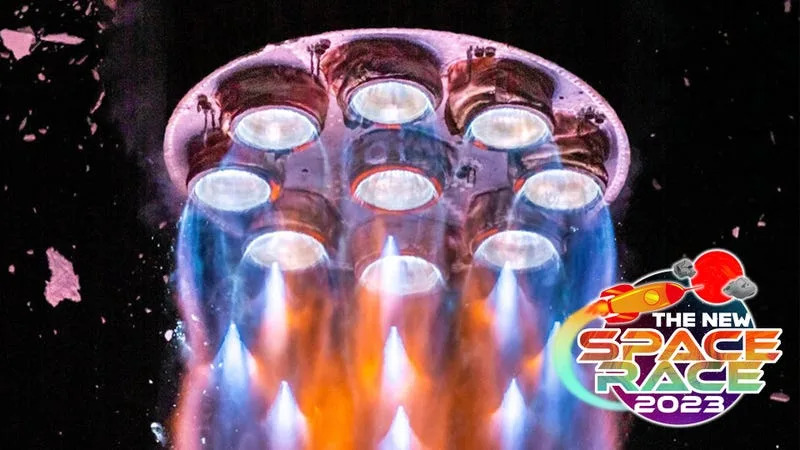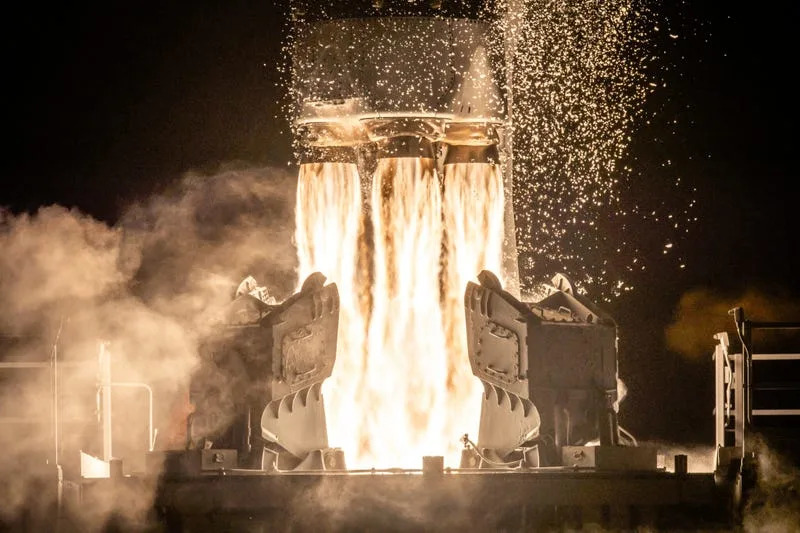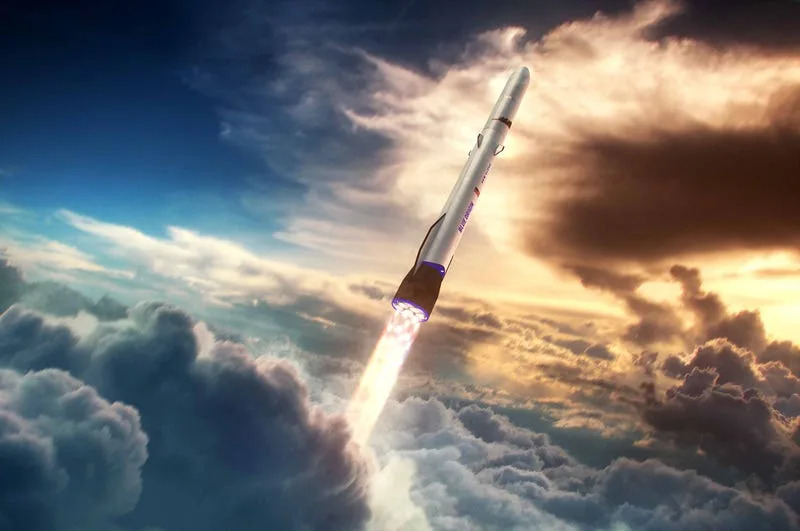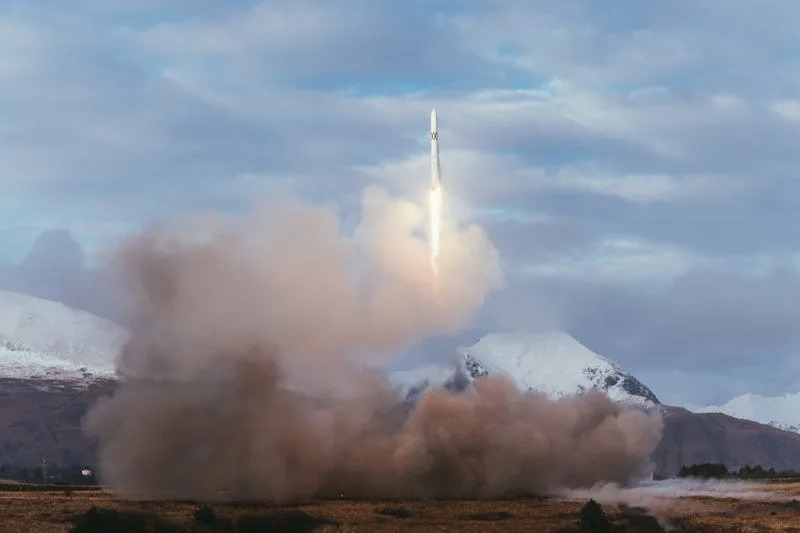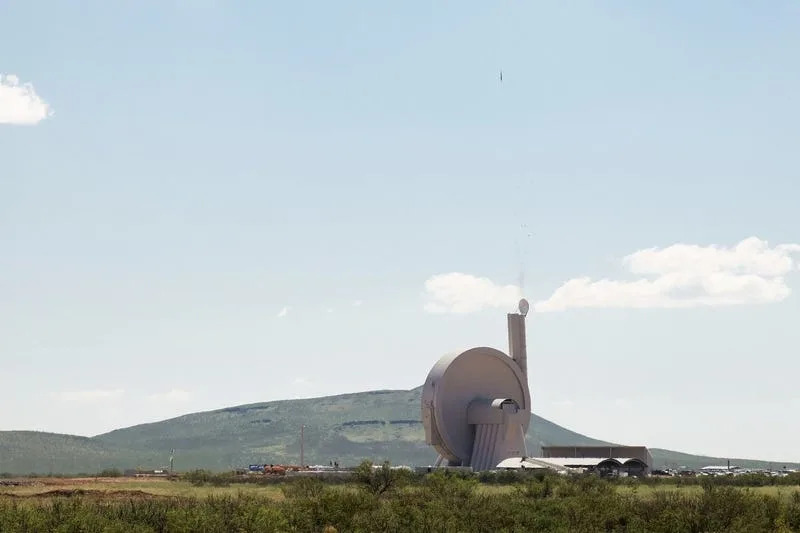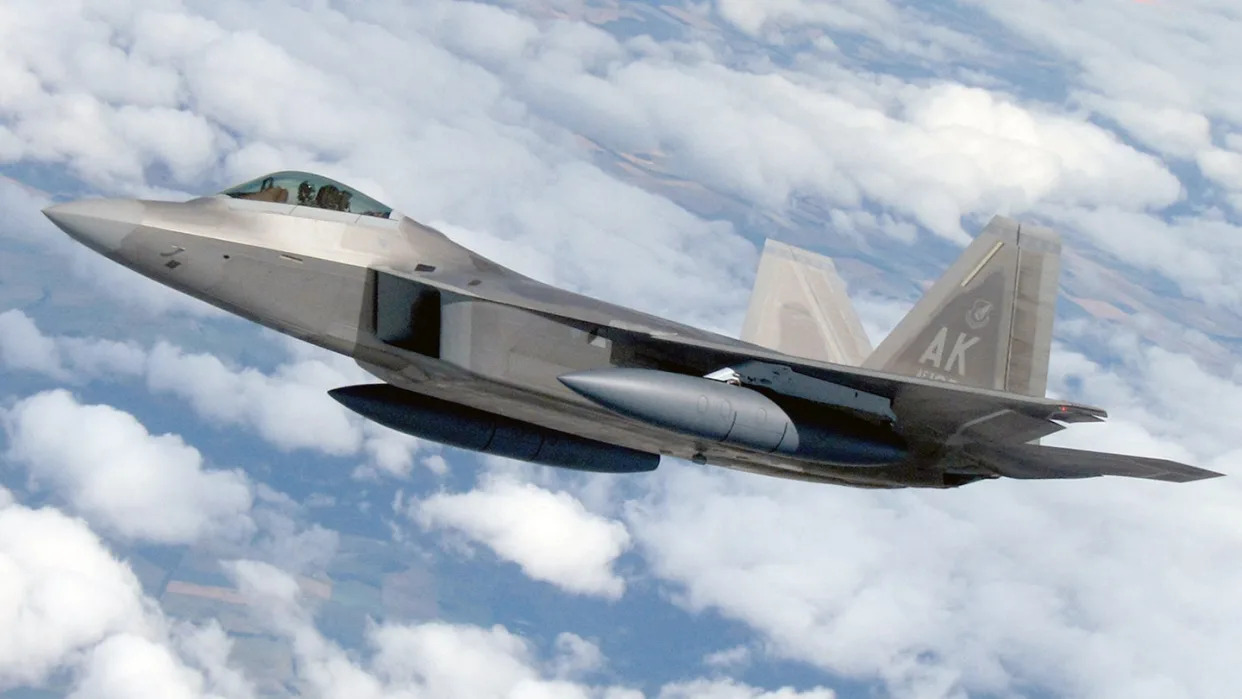Following the shootdown of three unidentified objects in three days over Alaska, the Yukon and Lake Huron in February and the downing of a Chinese spy balloon off the coast of South Carolina a week earlier, Canadian Prime Minister Justin Trudeau received a secret memo laying out how the Canadian government was responding to the Feb. 11 Yukon incident. In addition, it stated the "full exploitation" of whatever the U.S. Air Force shot down over the waters of Alaska on Feb. 10 had "not yet been completed." Reports a few days later stated that the U.S. had called off the search for wreckage of the downed object. Exactly what kind of intelligence exploitation this is referring to is unclear.
The "Memorandum for the Prime Minister," transmitted Feb. 14, was obtained by the Canadian CTV News outlet from a source who filed a Freedom of Information Act (FOIA) request that the news organization said it verified with its own information request. According to the memo, the North American Aerospace Defense Command (NORAD) numbered unknown objects sequentially "to track every detected object that is not immediately identified: upon cross-examination most objects are found to be innocuous and do not meet the higher threshold for higher reporting or engagement." However, the object the memo identified as "UAP #23" - meaning it was the 23rd unidentified radar track by NORAD over North America at that point in the year that was classified as UAP - did rise to a higher level of concern, given that it was shot down.
https://twitter.com/dsotis/status/1699137491482083512
The memo stated that “the function, method of propulsion, or affiliation to any nation-state” of the unidentified object shot down by a U.S. Air Force F-22 Raptor on Feb. 11 “remains unverified. It is unknown whether it poses an armed threat or has intelligence collection capabilities.”
The memo also pointed out that the Canadian Air Force (CAF) was leading an aviation search effort to find the downed object, there was scant hope that it would be found.
“...the mountainous terrain, existing snow cover and expected new snowfall make prospect of recovery unlikely.”
The memo expressed concern that the indigenous hunters might accidentally find the object during their caribou hunt. It also explained that while CAF CF-18s Hornets had been scrambled to intercept the object, “F-22s were better located based on time, space and fading light.”
https://twitter.com/nytimes/status/1624176440609480704?ref_src=twsrc%5Etfw%7Ctwcamp%5Etweetembed%7Ctwterm%5E1624176440609480704%7Ctwgr%5Ea13489dd9e4df2ef0071a1f0cfd79b30fb3dcc91%7Ctwcon%5Es1_\u0026ref_url=https%3A%2F%2Fwww.thedrive.com%2Fthe-war-zone%2Ff-22-downs-another-unidentified-object-over-canada
The memo was sent to Trudeau and his national security advisor, Jody Thomas, by a Canadian official named Janice Charette, who then served as “the powerful clerk of the Privy Council,” CTV News explained. The council “is a centralized hub that directs the country's public service and is responsible for providing non-partisan support to the prime minister and cabinet as they make policy decisions,” the news outlet said.
Charette raised questions about whether the object was an armed threat or was capable of collecting intelligence three days after descriptions of it were released by Canadian authorities and media reporting.
During the Feb. 11 press conference as we noted at the time, Canadian Defense Minister Anita Anand said the unknown object was a "small, cylindrical object" smaller than the Chinese spy balloon shot down off South Carolina on Feb. 4. The object was reportedly flying at 40,000 feet when it was shot down.
https://www.youtube.com/watch?v=5slOlN4YcNA
Also that day, The Wall Street Journal, citing an official brief on the matter, reported that the object was a small metallic balloon with a tethered payload. That seemed to correlate with Canadian Chief of Defense Staff Gen. Wayne Eyre's statement at the aforementioned press conference when discussing cooperation between U.S. F-22s and Canadian CF-18s.
"The instructions that were given to the team was whoever had the first, best shot to take out the balloon had the go-ahead," Eyre said at the time.
Charette’s memo also briefly addressed the Feb. 10 UAP shootdown by an F-22 over the water in the northeastern corner of Alaska near the border with Canada described as “UAP #20.”
https://twitter.com/LucasFoxNews/status/1624129796635602949?ref_src=twsrc%5Etfw%7Ctwcamp%5Etweetembed%7Ctwterm%5E1624129796635602949%7Ctwgr%5Eab3c606970996a5971ec2f043abfe937a18fd928%7Ctwcon%5Es1_\u0026ref_url=https%3A%2F%2Fwww.thedrive.com%2Fthe-war-zone%2Ff-22-shoots-down-new-object-flying-high-over-alaskan-waters
“The full exploitation of UAP #20, which was engaged by the U.S. on February 10, 2023, has not yet been completed,” Charette wrote.
On Feb. 11, The New York Times reported that the fallen object “broke into pieces” on hitting the frozen sea ice off Prudhoe Bay.
Three days after Charette delivered her memo, The New York Times reported that “the U.S. called off the search” for both the objects mentioned in Charette’s memo, “raising the possibility that the devices will never be collected and analyzed, according to a U.S. military official.”
It is also unclear what the memo meant about the “full exploitation” of the UAP shot down over Alaska on Feb. 10. However, there are a number of lines of effort to which she could have been referring.
The intelligence services, along with the U.S. military, conduct what’s called Foreign Material Exploitation (FME) of targeted crash sites of aircraft and missiles to learn more about how they are build, operate, and their actual capabilities. This is a long-established, shadowy practice that has been critical to major adversary intelligence revelations over the decades. You can read all about crash retrievals and their 'cloak and dagger history' in our story here.
There was an active and intensive search over this remote part of Alaska to find the wreckage. So a crash retrieval was certainly the aim, but if nothing was found, as claimed by the U.S. government, the memo could be referring to data culled from sensors collected by a slew of assets that tracked the object. Aviation platforms, in particular, would have gotten the closest to it and recorded visual information of it as it made its trek across the Alaskan frontier.
As we noted in our report from the time, Air Force Brig. Gen. Pat Ryder, the Pentagon’s top spokesman, told reporters that a two-ship flight of F-35s conducted the initial intercept and identification of the object.
The F-35s would have full video of the object, day or night, using its Electro-Optical Targeting System (EOTS) as well as any infrared data collected by its Distributed Aperture System (DAS). This is in addition to its myriad of radio-frequency-based sensor systems.
The Feb. 10 incident over Alaska remains shrouded in mystery and from the information available stands in stark contrast to the other objects shot down in several ways.
Shortly after the shootdown, the White House National Security Council spokesman John Kirby significant said debris was reportedly sitting atop of sea ice and efforts were being made to recover if for analysis. He also said the object did not appear to be readily maneuverable or have a substantial payload.
Ryder said the object, traveling at about 40,000 feet, was "about the size of a small car." It was shot down because at that altitude, it was perceived as a threat to aviation.
ABC News reported that the "object" shot down off the coast of Alaska was "cylindrical and silver-ish gray," according to an unnamed U.S. official. "All I say is that it wasn't 'flying' with any sort of propulsion, so if that is 'balloon-like' well – we just don't have enough at this point."
Those details differed greatly from we'd learned so far about the Chinese spy balloon, which was ultimately shot down off the coast of South Carolina on Feb. 4. That balloon, which had a payload U.S. officials described as being the size of a smaller airliner and as weighing thousands of pounds, was said to have the ability to maneuver and had been soaring at an altitude of between 60,000 and 70,000 feet.
In this vacuum of information, exotic and unconfirmed claims have been made about the Alaskan object, ranging from different accounts by pilots who observed it to reports that it seemingly interfered with some aircraft sensors.
Beyond reporting about the objects that were shot down, the Charette memo does not specifically address UAPs #21 and #22, which could have been found to be innocuous objects that happened to be picked up by radar. However, on Feb. 12, a U.S. Air Force F-16 shot down a UAP over Lake Huron as we noted earlier in this story. It is unclear though whether that was one of either UAP #21 or #22, since officials at the time said the object was first identified on Feb. 12.
The object shot down over Lake Huron seemed to have been a relatively small balloon based on intercepted radio communications.
We reached out to several agencies for more information about the details provided in the Charette memo. We also reached out to Charette herself on her LinkedIn page and several government emails to find out and whether she received any answers and if so, what they were. We will update this story if she provides a pertinent response.
A NORAD spokesperson told The War Zone on Wednesday that it would not be able to “address the memo specifically.”
“I would caution that one internal document from Feb. 15 may not present the most accurate information about events or processes during that period,” Air Force Col. Elizabeth Mathias said in an email to The War Zone Wednesday. “But we’ll be happy to provide more information about our operations and procedures. More to follow, and thanks.”
We also reached out to the Canadian Defense Ministry, U.S. National Security Council and the All-Domain Anomaly Resolution Office (AARO) - the Pentagon unit that tracks UAPs - for additional responses. We will update this story with any pertinent information they provide.
Despite numerous requests from Congress and media outlets including The War Zone, the Pentagon has yet to release any imagery from the three shootdowns over North America, raising questions about what, if anything, it is trying to hide. Especially since there was a wealth of data and imagery collected during observation and destruction of the objects.
https://twitter.com/Aviation_Intel/status/1636356952191279105?s=20
The discovery and later shootdown of the Chinese spy balloon on Feb. 4 raised huge alarms about the ability of the U.S. to protect its airspace against such objects. This is something The War Zone had pointed out repeatedly years in advance of these events. In the aftermath of this string of bizarre incidents, major moves began to be made to change how unidentified objects are dealt with, as well as making it easier for them to be spotted in the first place. Major upgrades to NORAD's sensor ecosystem are also in the works as are demands from Congress for the multi-national military organization to better understand its own vulnerabilities.
The fact is that the lack of information surrounding these unprecedented series of events over North America continues to puzzle many and the optics surrounding them clearly irk the Pentagon. What exactly was known about these objects and how they differed from each other, and when that information was known, remains a mystery to the public.
Contact the author: howard@thewarzone.com



